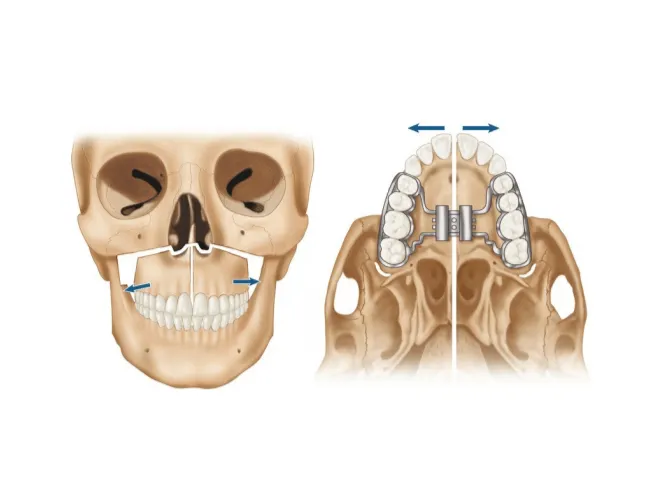
At The San Diego Center for Surgery, we are proud to offer advanced solutions for oral and facial skeletal deformities through Distraction Osteogenesis. Led by the esteemed Dr. Joel S. Berger, D.D.S., M.D., our practice is at the forefront of innovative surgical techniques that prioritize patient comfort and successful outcomes.
Distraction Osteogenesis is a specialized procedure that gradually lengthens bones in the jaw and face, offering a tailored approach to correcting intricate skeletal deformities. This method not only enhances aesthetic appearance but also improves functional outcomes, such as breathing, chewing, and speaking.
Dr. Berger’s pioneering approach in this field ensures that each patient receives personalized care, backed by years of surgical expertise and a deep commitment to patient safety. Whether you are a teen, young adult, or older adult seeking corrective surgery, our practice is dedicated to providing an inclusive, respectful, and accessible environment for all.
Why Choose The San Diego Center for Surgery?
- Proven Expertise: Dr. Berger is a leader in the field of maxillofacial surgery, known for his innovative use of Distraction Osteogenesis.
- Comprehensive Care: Our team offers a full spectrum of surgical treatments, ensuring comprehensive care tailored to your specific needs.
- Patient-Centric Approach: We emphasize a compassionate approach, combining modern precision with warm, human care.
- State-of-the-Art Facilities: Experience the highest standards of safety and comfort in our cutting-edge surgical center.
Schedule Your Consultation Today
If you or a loved one are considering Distraction Osteogenesis for oral and facial skeletal deformities, we invite you to take the first step towards a transformative experience. Contact The San Diego Center for Surgery today to call our office and schedule a consultation with Dr. Joel S. Berger. Our team is here to answer your questions and guide you on your journey to improved health and well-being.
